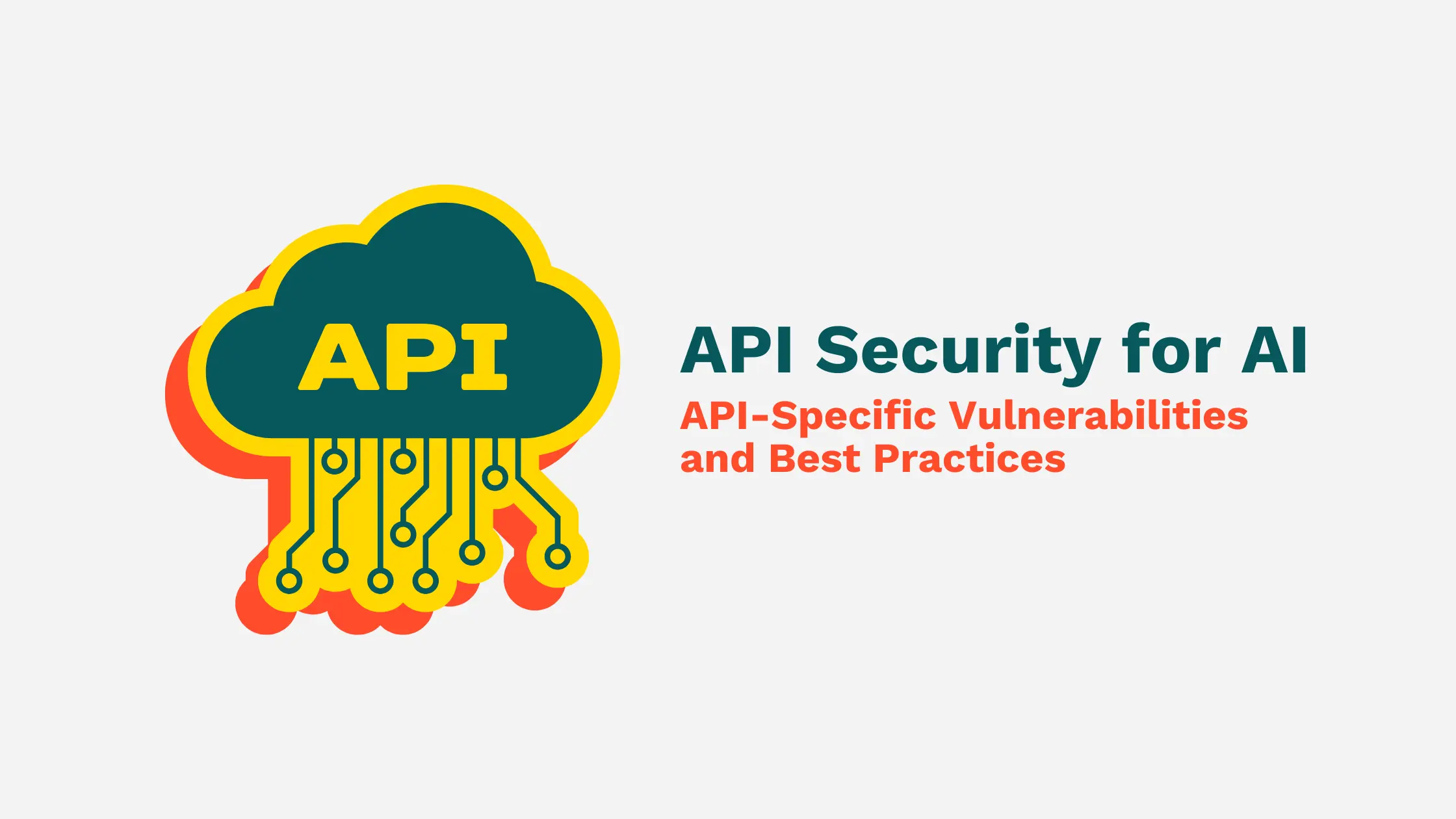
APIs serve as the bridge between users and AI models, enabling seamless integration and accessibility. However, without strong API security for AI, organizations risk exposing sensitive data, overusing system resources, or even losing proprietary models.
Attackers constantly look for weaknesses in APIs to exploit. That’s why AI API security is no longer optional, it’s a necessity.
In this blog, we’ll explore common vulnerabilities in AI APIs, highlight real-world threats, and share how ioSENTRIX helps organizations in securing AI APIs against evolving risks.
Attackers can query your API repeatedly to reconstruct your model, gaining access to proprietary algorithms.
.webp)
APIs often return data that, if poorly handled, can expose sensitive information.
Attackers can exploit APIs to overload system resources, causing performance degradation.
Ensure that only legitimate users can access your APIs.
Approaches:
Prevent abuse by limiting the number of API calls.
Approaches:
.webp)
Ensure that only valid data enters and exits your API.
Approaches:
Deploy an API gateway to centralize security controls.
Approaches:
Client: A fintech company providing AI-powered financial insights via an API.
Challenge: High risk of model extraction and unauthorized data access.
Our Approach:
Outcome: The company achieved robust LLM API security, preventing extraction attempts and ensuring service reliability.
API security for AI is vital for protecting sensitive data, preventing misuse, and safeguarding proprietary models.
By focusing on AI API security practices such as authentication, throttling, and securing AI APIs with gateways, organizations can reduce risks while enabling safe innovation.
At ioSENTRIX, we provide end-to-end solutions for API security for LLMs, helping enterprises secure their AI infrastructure against advanced threats.
Lorem ipsum dolor sit amet, consectetur adipiscing elit, sed do eiusmod tempor incididunt ut labore et dolore magna aliqua. Ut enim ad minim veniam, quis nostrud exercitation ullamco laboris nisi ut aliquip ex ea commodo consequat. Duis aute irure dolor in reprehenderit in voluptate velit esse cillum dolore eu fugiat nulla pariatur.
Block quote
Ordered list
Unordered list
Bold text
Emphasis
Superscript
Subscript